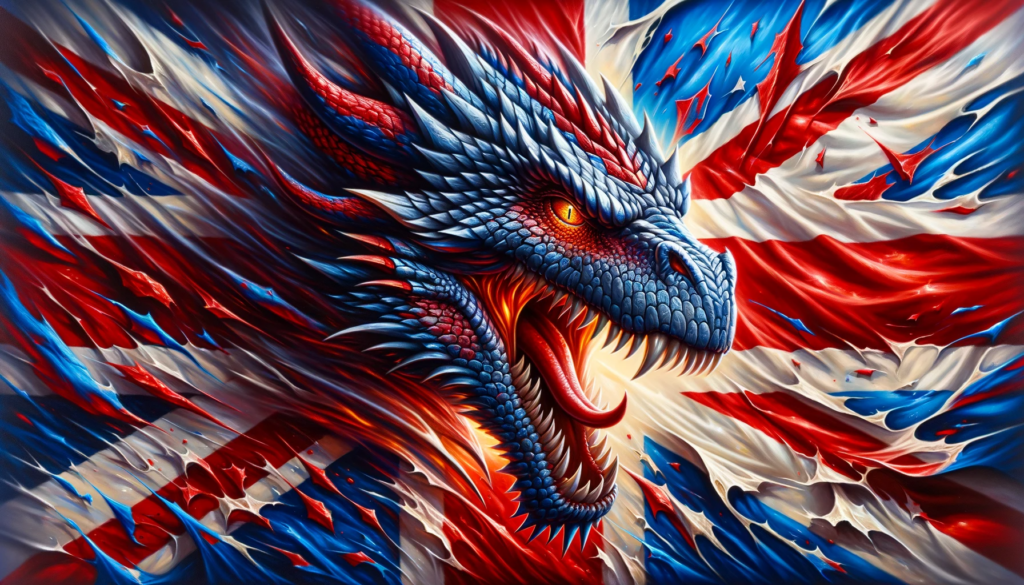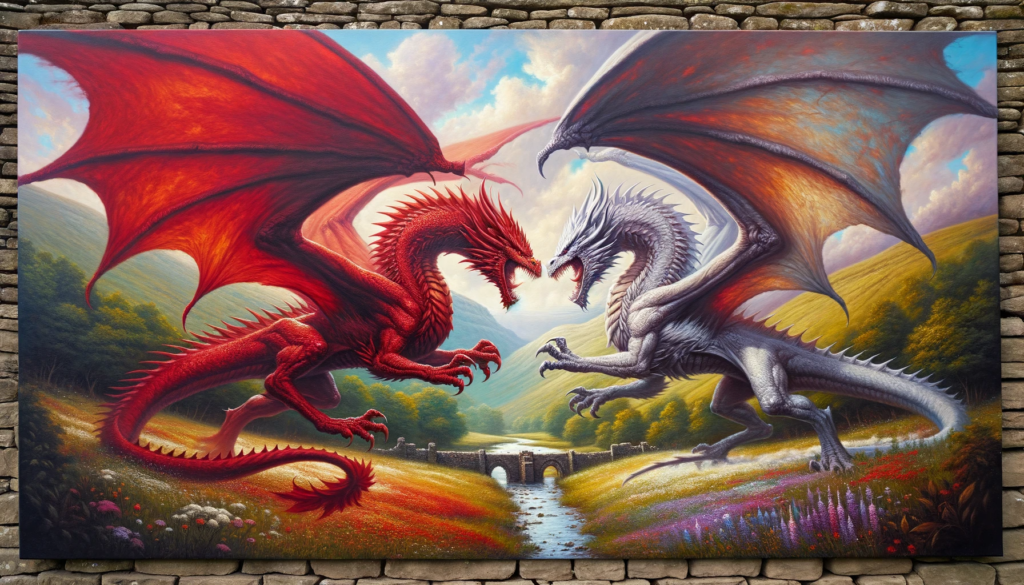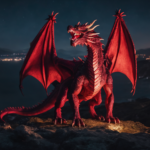Introduction
Dragons have been a prominent part of British folklore and history for centuries. These mythical creatures have left an indelible mark on the cultural tapestry of the British Isles, with stories of dragon encounters dating back to ancient times. While dragons are typically associated with fantasy and legend, their presence in British history is both fascinating and enduring. In this article, we will explore the rich tapestry of dragon lore in British history.
Dragons in Celtic Mythology
The roots of dragon lore in Britain can be traced back to Celtic mythology. The Celts, who inhabited the British Isles in ancient times, had a deep connection with nature and a penchant for storytelling. In Celtic myths, dragons were often depicted as powerful and awe-inspiring creatures. They were seen as guardians of sacred places and treasures, and their appearances in myths symbolised the eternal struggle between good and evil.
One of the most famous Celtic dragon stories is that of the Red and White Dragons. This tale is associated with the founding of Wales and tells of two battling dragons, one red and one white, whose struggles mirror the conflicts between the Welsh and the invading Saxons. The red dragon ultimately prevails, becoming the emblem of Wales to this day.
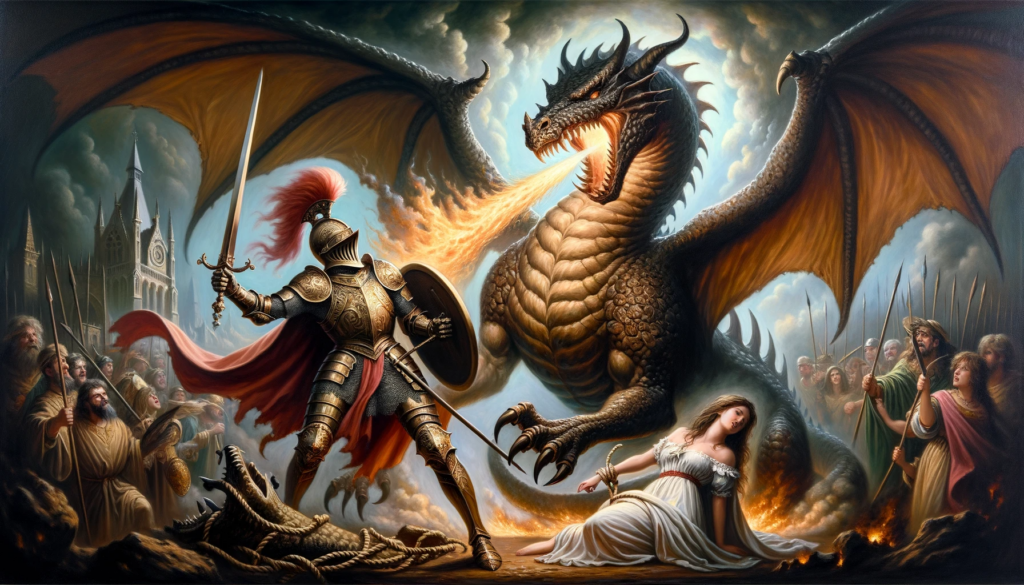
Dragons in English Legend
Perhaps the most iconic dragon in British lore is the one featured in the English legend. The story of Saint George and the Dragon, which has become a symbol of England, is closely tied to this legend. In this tale, Saint George, a Roman soldier, slays a ferocious dragon to save a princess and her kingdom. This narrative has been celebrated in art, literature, and even on the English flag, the St. George’s Cross.
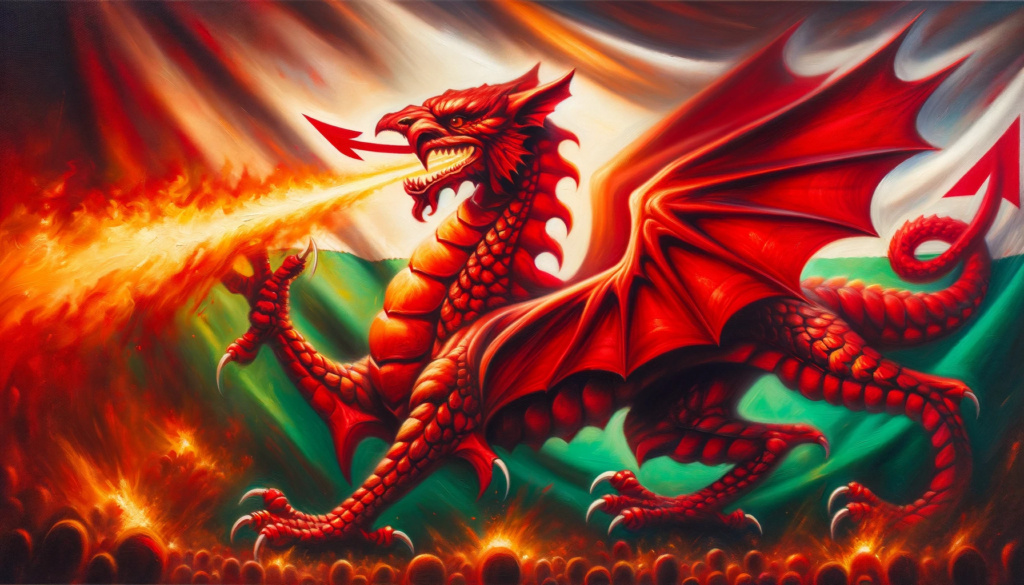
Dragons as Symbols of Power
Dragons were often used as symbols of power and authority in British history. They appeared on flags, banners, and coats of arms, signifying the might and majesty of rulers and noble families. For example, the Welsh flag features a red dragon, symbolising the strength and heritage of Wales. Similarly, the dragon is a central element in the royal coat of arms of the United Kingdom, symbolising the monarchy’s enduring power.
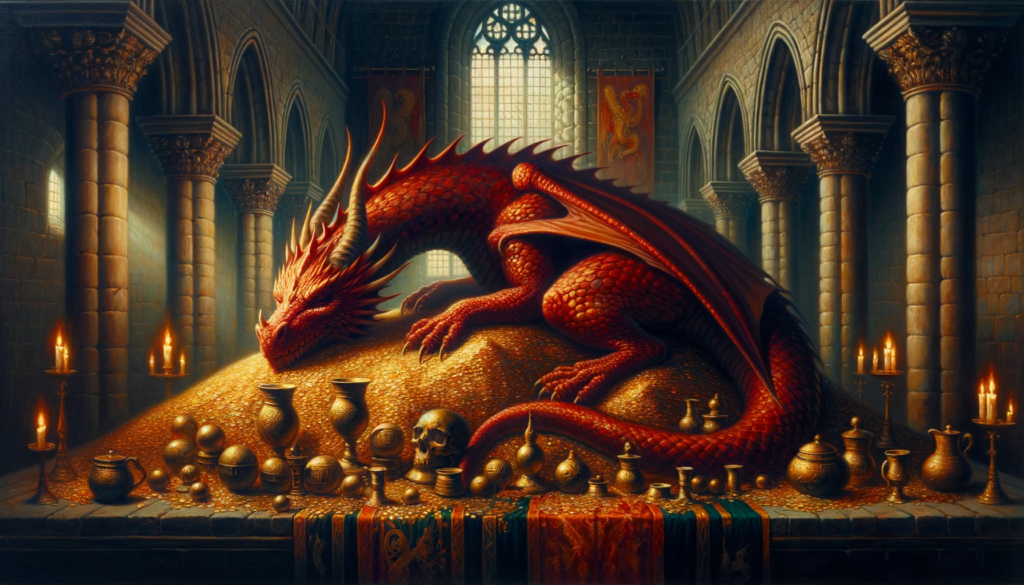
Dragons in British Literature
Dragons have also played a significant role in British literature. The epic poem “Beowulf,” which is considered one of the greatest works of Old English literature, features a battle between the hero Beowulf and a fearsome dragon. This story underscores the theme of heroism and the triumph of good over evil, a recurring motif in dragon tales.
In J.R.R. Tolkien’s “The Hobbit,” the protagonist, Bilbo Baggins, encounters the dragon Smaug, who guards a vast treasure hoard. This encounter sets the stage for a grand adventure and showcases the enduring allure of dragons in storytelling.
Conclusion
Dragons have left an indelible mark on British history and culture. From their origins in Celtic mythology to their prominent role in Arthurian legend and beyond, these mythical creatures have captured the imaginations of generations. Whether as symbols of power or as adversaries to heroes, dragons continue to be an enduring part of the British narrative. Their legacy reminds us of the timeless fascination with the fantastical and the enduring power of myth and legend.
For more dragon content please subscribe to the Everything Dragon YouTube Channel or follow us on Instagram

